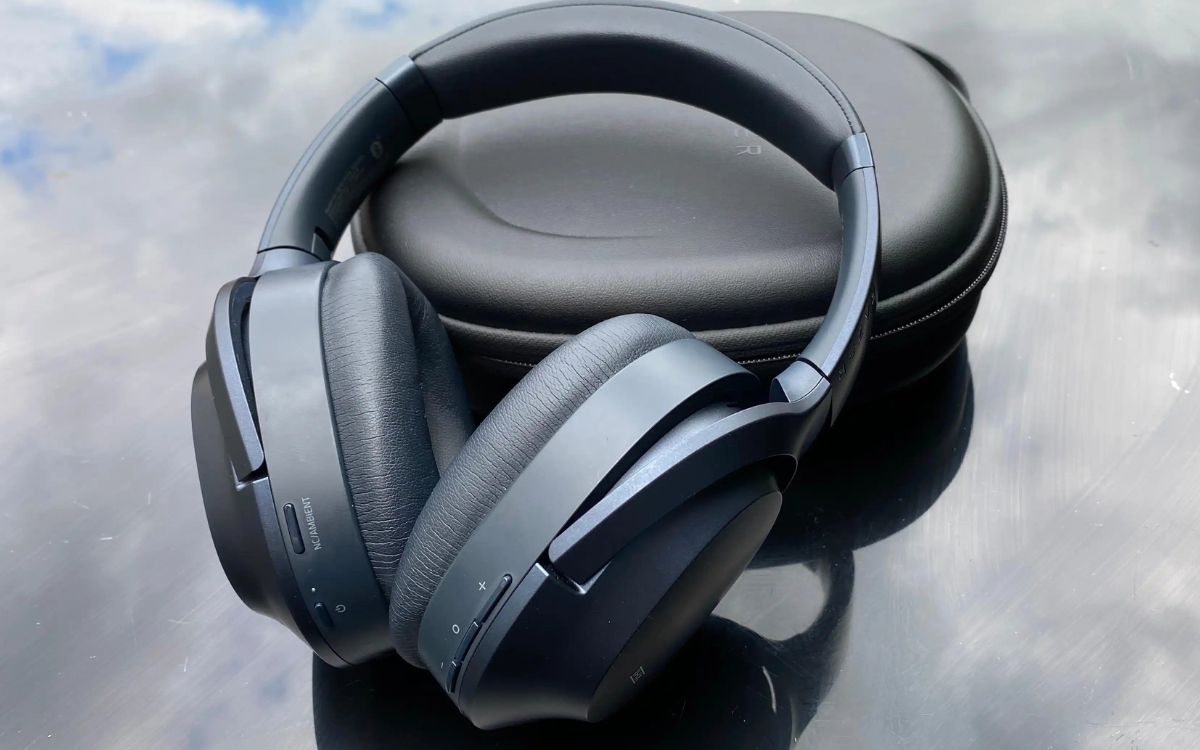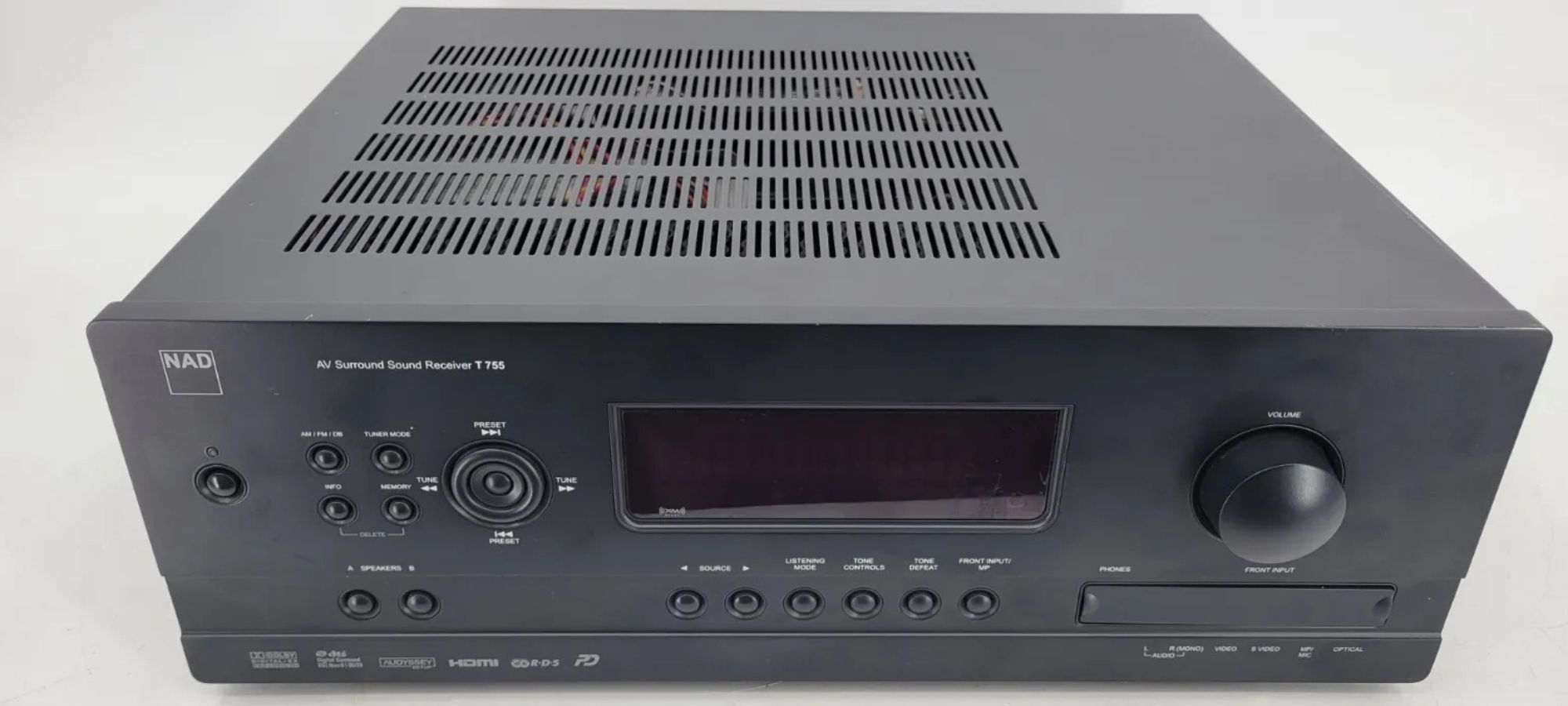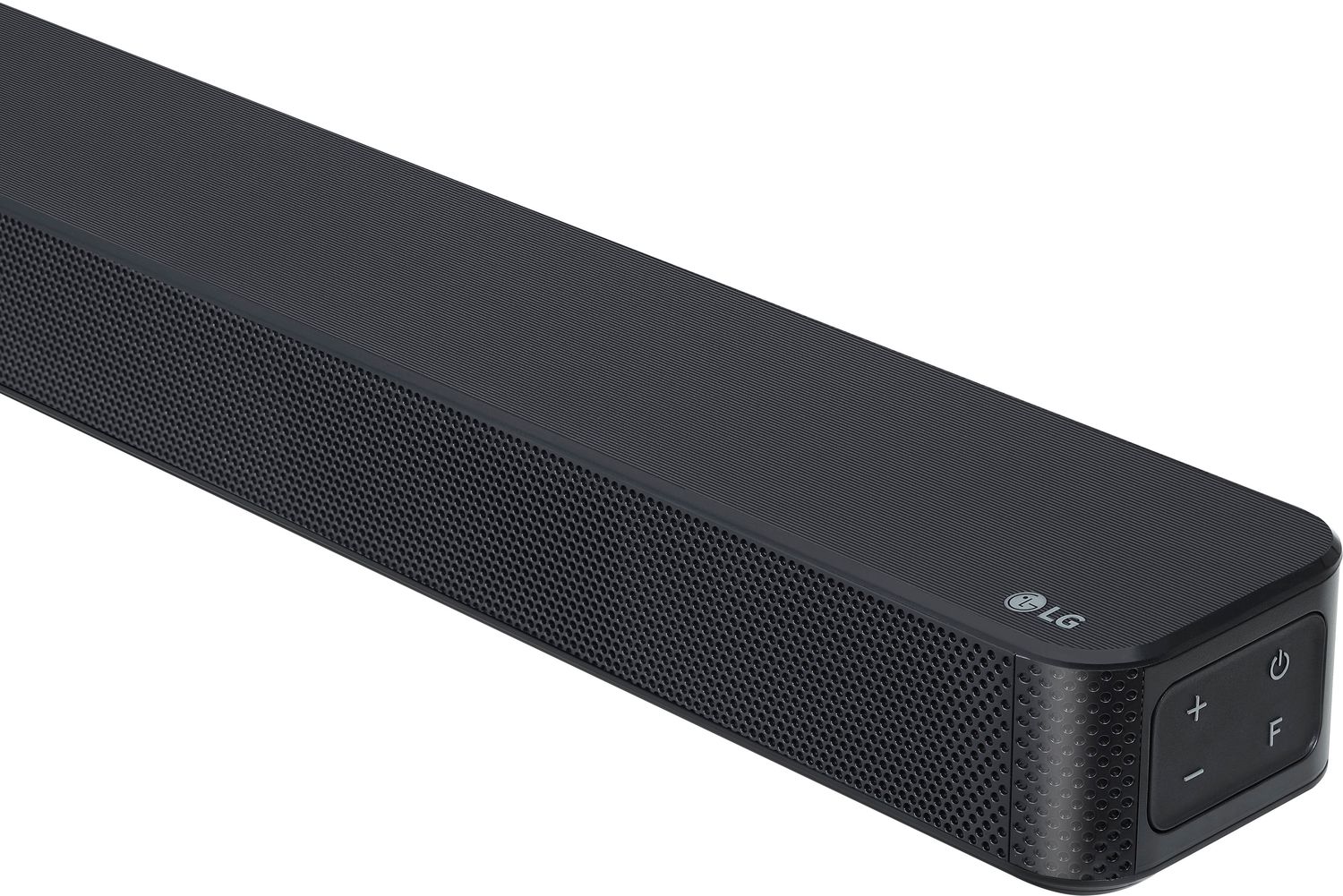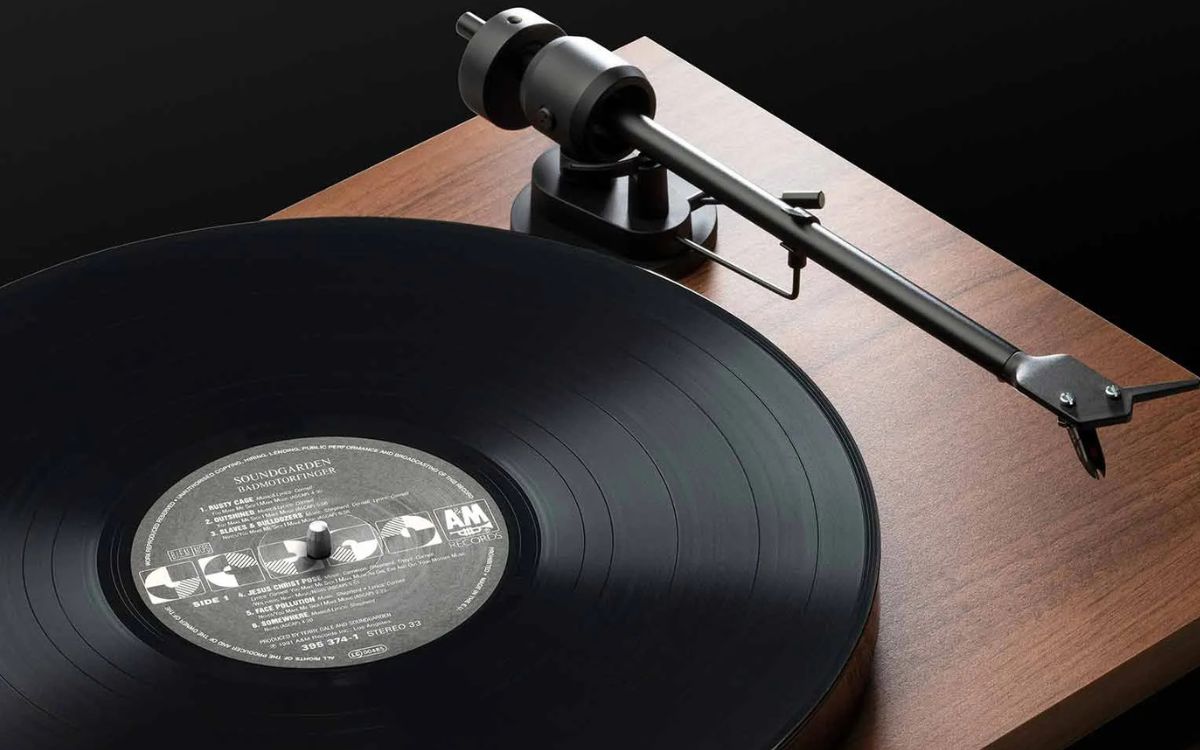Home>Production & Technology>Digital>What Is Best Sound: Digital Or Vinyl Music


Digital
What Is Best Sound: Digital Or Vinyl Music
Published: March 10, 2024
Discover the debate between digital and vinyl music to find out which sound format is best for your listening experience. Explore the pros and cons of digital music and vinyl records to make an informed choice.
(Many of the links in this article redirect to a specific reviewed product. Your purchase of these products through affiliate links helps to generate commission for AudioLover.com, at no extra cost. Learn more)
Introduction
When it comes to the age-old debate of digital versus vinyl music, passionate discussions often ensue. Each format has its own unique characteristics, attracting dedicated enthusiasts who swear by its superiority. The clash between the crisp, modern sound of digital music and the warm, nostalgic allure of vinyl has sparked a continuous dialogue among music lovers and audiophiles alike. Understanding the nuances and benefits of each format is essential for making an informed choice that aligns with individual preferences and priorities.
The digital era has revolutionized the way we consume music, offering unparalleled convenience and accessibility. With the advent of streaming services and high-resolution audio formats, music enthusiasts can enjoy a vast library of songs at their fingertips, anytime and anywhere. The crystal-clear sound reproduction of digital music, free from the crackles and pops often associated with vinyl records, has garnered widespread acclaim for its fidelity and precision.
On the other hand, vinyl records evoke a sense of nostalgia and authenticity that resonates deeply with aficionados. The tactile experience of handling a vinyl record, carefully placing the needle, and immersing oneself in the rich, analog sound has an undeniable charm. The distinct warmth and character of vinyl recordings, coupled with the visual appeal of album artwork and liner notes, create a multisensory journey that transcends mere audio playback.
As we delve into the realm of digital and vinyl music, it becomes evident that both formats offer distinct advantages and evoke contrasting emotions. The choice between digital and vinyl music extends beyond technical specifications, encompassing personal preferences, lifestyle, and the intrinsic value attached to the listening experience. By exploring the realms of sound quality, convenience, cost, and the intangible allure of nostalgia, we can gain a comprehensive understanding of the digital versus vinyl music debate.
Sound Quality
The debate over sound quality in the realm of digital versus vinyl music is a topic of fervent discussion among audiophiles and music enthusiasts. Digital music, characterized by its pristine clarity and precise audio reproduction, has redefined the listening experience in the modern era. The absence of imperfections such as surface noise, clicks, and pops, commonly associated with vinyl records, allows digital music to deliver a consistently clean and accurate sound. With high-resolution audio formats and advanced sound processing technologies, digital music achieves an exceptional level of fidelity, capturing the nuances and subtleties of the original recordings with remarkable precision.
In contrast, vinyl music possesses a distinct sonic signature that resonates with aficionados on a profound level. The analog nature of vinyl records, coupled with the unique characteristics of the vinyl playback system, imparts a warm, organic quality to the sound. The inherent imperfections and idiosyncrasies of vinyl, including subtle surface noise and gentle crackles, contribute to the overall charm and character of the listening experience. The tactile sensation of the needle navigating the grooves, coupled with the gentle resonance of the vinyl medium, adds a sense of intimacy and authenticity to the music, creating an immersive sonic tapestry that transcends mere audio playback.
The sound quality of digital music, with its pristine precision and faithful reproduction, appeals to those who prioritize technical accuracy and sonic transparency. The absence of analog artifacts and the ability to deliver high-resolution audio make digital music an enticing choice for individuals seeking a clinically precise listening experience. Conversely, vinyl music enthusiasts are drawn to the organic, emotive qualities of analog sound, embracing the imperfections and unique sonic characteristics that impart a sense of warmth and nostalgia to the music.
Ultimately, the perception of sound quality in digital and vinyl music is deeply subjective, influenced by individual preferences, emotional connections, and the desired listening experience. While digital music excels in technical precision, vinyl music captivates with its emotive, tactile allure. The ongoing dialogue surrounding sound quality in the digital versus vinyl music debate reflects the multifaceted nature of audio appreciation, encompassing both technical prowess and emotional resonance.
Convenience and Portability
In the realm of music consumption, the aspect of convenience and portability plays a pivotal role in shaping the listening habits and preferences of individuals. Digital music, with its seamless accessibility and effortless mobility, has redefined the way music enthusiasts engage with their favorite songs. The advent of streaming platforms and digital downloads has liberated music from the confines of physical media, allowing listeners to curate personalized playlists and access an extensive library of tracks at their fingertips. The convenience of carrying thousands of songs within a pocket-sized device empowers individuals to soundtrack their lives on the go, whether during commutes, workouts, or leisurely strolls.
The portability of digital music extends beyond the realm of personal devices, encompassing the integration of music into various facets of modern life. From wireless speakers and smart home devices to in-car entertainment systems, digital music seamlessly permeates diverse environments, adapting to the dynamic rhythms of contemporary lifestyles. The ability to stream music across multiple devices and platforms further enhances the portability of digital music, enabling a seamless transition between different listening environments without sacrificing continuity or accessibility.
In contrast, the allure of vinyl records resides in their tangible, immersive nature, offering a distinct counterpoint to the digital landscape. While vinyl records may not boast the same level of convenience and portability as their digital counterparts, they present a unique, ritualistic experience that resonates with enthusiasts. The act of carefully selecting a vinyl record, delicately placing it on a turntable, and lowering the stylus to initiate playback fosters a sense of intentionality and mindfulness, elevating the act of listening to a ceremonial art form. The physical presence of vinyl records, adorned with captivating artwork and accompanied by tactile elements such as liner notes and lyric sheets, imbues the listening experience with a palpable, multisensory dimension that transcends mere audio playback.
The contrast between the convenience and portability of digital music and the tangible, ritualistic nature of vinyl records underscores the diverse ways in which individuals interact with and integrate music into their lives. While digital music excels in offering unparalleled accessibility and mobility, vinyl records carve out a niche as cherished artifacts that demand focused engagement and appreciation. The interplay between convenience and portability in the digital versus vinyl music debate reflects the evolving dynamics of music consumption, catering to a spectrum of preferences and lifestyles.
Cost
When considering the cost implications of embracing digital or vinyl music, a multifaceted analysis unveils the distinct financial landscapes associated with each format. In the realm of digital music, the advent of streaming services and digital downloads has democratized access to an extensive catalog of songs, often at a nominal monthly subscription fee or through ad-supported free tiers. This accessibility empowers music enthusiasts to explore diverse genres and artists without significant upfront expenses, aligning with the ethos of affordability and inclusivity. Furthermore, the flexibility of digital music platforms allows users to curate personalized playlists and discover new music, amplifying the value proposition inherent in the digital music ecosystem.
Conversely, vinyl records occupy a unique position in the music market, characterized by a tangible, collectible nature that transcends mere audio recordings. The cost dynamics of vinyl music encompass a spectrum of variables, including the price of individual records, the resurgence of limited edition pressings, and the allure of deluxe packaging and audiophile-grade pressings. While vinyl records may entail a higher upfront investment compared to digital music, enthusiasts are drawn to the intrinsic value of owning physical artifacts that embody the artistry and craftsmanship of the music they cherish. The act of browsing through record stores, discovering hidden gems, and building a curated collection of vinyl records contributes to a narrative of cultural significance and personal enrichment, transcending the transactional aspect of cost.
Furthermore, the vinyl resurgence has catalyzed a vibrant ecosystem of independent record stores, vinyl fairs, and community-driven events, fostering a sense of camaraderie and discovery among vinyl enthusiasts. The communal aspect of vinyl culture, coupled with the tactile pleasure of handling and admiring physical records, adds an intangible dimension to the cost equation, enriching the overall value proposition for aficionados.
As individuals navigate the cost considerations associated with digital and vinyl music, they are confronted with a nuanced landscape that encompasses not only financial outlays but also emotional and cultural dimensions. The affordability and accessibility of digital music converge with the tangible, collectible allure of vinyl records, offering distinct pathways for individuals to engage with and invest in their musical preferences. The interplay between cost, value, and cultural resonance in the digital versus vinyl music debate reflects the multifaceted nature of music consumption, encompassing both economic pragmatism and emotive enrichment.
Nostalgia and Experience
The interplay of nostalgia and experiential richness forms a compelling axis within the digital versus vinyl music debate, transcending technical specifications and cost considerations to evoke profound emotional connections and sensory indulgence. Nostalgia, with its evocative tendrils reaching into the past, intertwines with the immersive, multisensory experience of engaging with music, creating a tapestry of sentiment and resonance that shapes individual perceptions and preferences.
In the realm of vinyl music, nostalgia permeates the very essence of the medium, infusing each groove and lyrical verse with a timeless allure. The act of sifting through a collection of vinyl records, each adorned with captivating artwork and tactile elements, triggers a cascade of memories and emotions, transporting enthusiasts to bygone eras and cherished moments. The ritualistic process of delicately handling a vinyl record, carefully placing the needle, and surrendering to the warm, analog embrace of the music fosters a sense of intimacy and connection that transcends the mere act of listening. The crackling ambiance and gentle imperfections inherent in vinyl playback serve as poignant reminders of the medium's rich heritage, inviting individuals to partake in a sensorial journey that intertwines past and present.
Conversely, the digital music landscape, characterized by its boundless accessibility and technological prowess, forges its own narrative of nostalgia and experience. The seamless integration of music into everyday life, facilitated by streaming platforms and personalized playlists, cultivates a modern form of nostalgia rooted in the interconnected moments and memories woven into the fabric of digital music consumption. The ability to instantly summon a beloved song, album, or artist at the touch of a screen engenders a sense of nostalgia for the shared experiences and emotions associated with each musical selection. Furthermore, the evolution of digital music technology, from the early days of MP3 players to the current era of high-resolution audio and wireless connectivity, engenders a retrospective appreciation for the transformative journey of music consumption in the digital age.
The convergence of nostalgia and experience in the digital versus vinyl music discourse underscores the profound emotional resonance and cultural significance embedded within each format. Nostalgia, with its wistful embrace of cherished memories, intertwines with the immersive, multisensory experience of engaging with music, creating a tapestry of sentiment and resonance that shapes individual perceptions and preferences. Whether through the tactile allure of vinyl records or the boundless accessibility of digital music, the interplay of nostalgia and experience enriches the fabric of music appreciation, transcending temporal boundaries to unite past, present, and future in a harmonious symphony of emotive indulgence.











